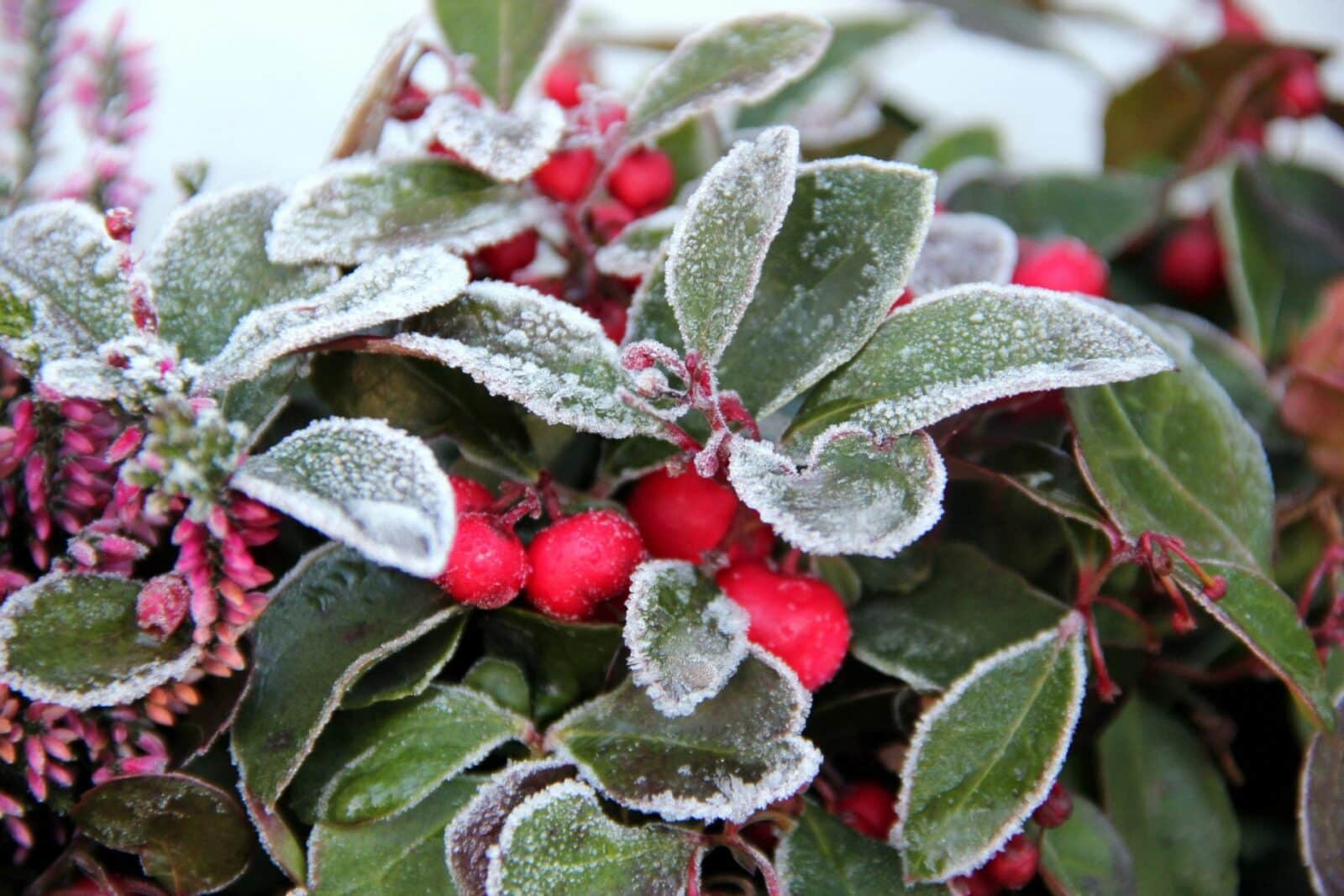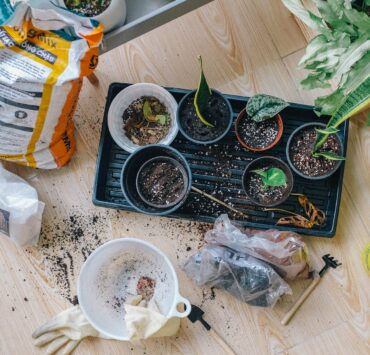When winter’s chill sets in, our beloved plants face a formidable adversary: frost. This silent threat can wreak havoc on gardens, turning lush greens into withered browns. But fear not! With a few savvy strategies, you can shield your plants and ensure they thrive despite the frosty odds. Here’s how to protect plants from frost.
Understanding Frost and its Impact on Plants
Before diving into protection methods, let’s grasp the basics. Frost occurs when temperatures drop below freezing, causing ice crystals to form on plant surfaces. These crystals damage cell walls, leading to dehydration and, ultimately, plant death.
Types of Plants Vulnerable to Frost
Not all plants face equal risk. Delicate blossoms and young shoots are more susceptible, while hardier varieties may endure a light frost. Knowing your plant’s vulnerability is the first step in crafting a defense.
Signs of Frost Damage
Identifying frost damage early is crucial. Look for blackened leaves, wilting, and a mushy texture—all signs that your plants have fallen victim to Jack Frost’s icy grip.
Importance of Protecting Plants from Frost
Why bother protecting your plants from frost? Aside from preserving their aesthetic appeal, it safeguards your investment of time and effort. Healthy plants contribute to a vibrant garden ecosystem and yield more fruitful harvests.
Choosing the Right Plants for Your Climate
Prevention is the best cure. Opt for plant varieties suited to your local climate. Hardy plants designed for cold regions naturally fare better when the mercury takes a nosedive.
Site Selection and Microclimates
Strategic planting can create microclimates that shield vulnerable plants. Place frost-sensitive specimens in areas where they receive natural barriers, like buildings or larger vegetation.
Mulching Techniques
Mulching isn’t just for aesthetics; it’s a protective shield. A thick layer of mulch insulates the soil, preventing rapid temperature fluctuations that can harm plant roots.
Covering Plants: The Blanket Approach
For a direct defense, cover your plants with blankets or frost cloth on frosty nights. Be sure to remove these covers during the day to allow sunlight and airflow.
Using Protective Sprays
Some gardeners swear by protective sprays. These solutions create a thin, protective layer on plant surfaces, minimizing frost’s impact. Explore eco-friendly options for a green thumb and a green conscience.
DIY Frost Protection Methods
Crafty gardeners rejoice! Homemade solutions abound, from water-filled jugs strategically placed around plants to DIY cloches fashioned from repurposed materials. Embrace your inner innovator.
Monitoring Weather Conditions
Stay one step ahead of frost by keeping a keen eye on weather forecasts. Plan your protective measures based on predicted temperature drops.
Emergency Frost Recovery Measures
In the unfortunate event of frost damage, all hope is not lost. Quick action, like pruning affected areas and providing extra nourishment, can aid your plants’ recovery.
Frost-Tolerant Plant Varieties
Consider incorporating frost-resistant plants into your garden. These hardy varieties boast a natural resilience that can withstand winter’s icy embrace.
Conclusion
In the dance between plants and frost, the gardener holds the choreography. Armed with knowledge and proactive measures, you can outwit Jack Frost and ensure your garden flourishes even in the coldest of seasons.
FAQs:
- Q: Can all plants survive frost with protection?
- A: While protection helps, some plants are inherently more frost-resistant. Choose wisely based on your local climate.
- Q: How often should I check weather forecasts during winter?
- A: Regularly monitor forecasts, especially on chilly nights. It’s better to be safe than sorry.
- Q: Are commercial frost protection sprays safe for the environment?
- A: Many eco-friendly options exist. Read labels and choose products with minimal environmental impact.
- Q: Can I use regular blankets to cover plants?
- A: Yes, but ensure they are breathable and remove them during the day to prevent overheating.
- Q: What’s the quickest way to recover plants after frost damage?
- A: Promptly prune affected areas and provide extra care, including appropriate fertilization and watering.








